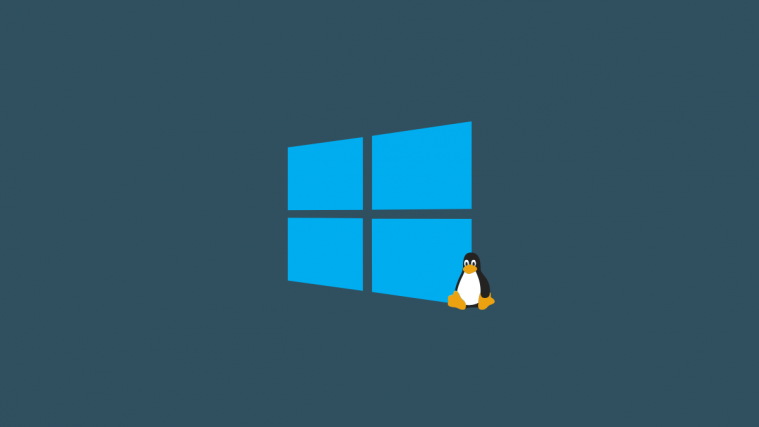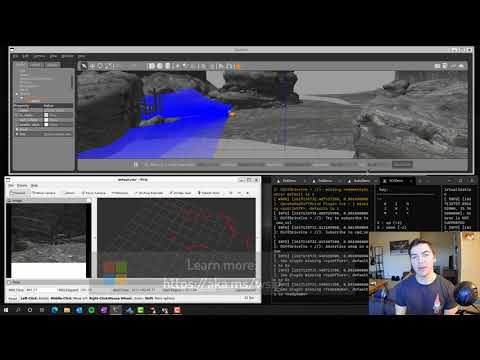After a full Linux kernel was integrated into Windows 10, Microsoft had revealed at BUILD 2020 that it was working towards a complete Graphical User Interface (GUI) support for Linux apps on the Windows Subsystem for Linux (WSL). Thanks to this built-in Linux kernel, there was decent support for a variety of Linux features and tools. But there was no way to run, test, and use Linux GUI apps.
That is, until now. Those enrolled in the Windows Insider program will now get a preview of GUI application support, allowing developers to build, test, and run their applications in a Linux environment.
The lack of GUI support had been a common issue over which many developers opted out of the Windows experience for its open-source counterpart. But with the latest Windows 10 Build 21364, Microsoft seeks to redress that by introducing support for Linux apps requiring a GUI, making this a crucial update for developers who had hitherto prized Linux over Windows due to the availability of extensive apps tools there.
What can GUI application support do?
Before this update, developers had access to Linux command-line tools, features and functionalities, and apps, but no support for GUI apps. To get around the limitation, developers had to contend with third-party servers and tools.
With GUI application support, Windows users won’t even have to start an X server themselves. As soon as a Linux GUI app is run, a companion system distro is launched automatically. As soon as you close the WSL, the system distro will close as well.
Developers of different ilks will find GUI application support useful in different ways. Here’s a look at the things that the recent Windows (Insider) update brings to the table.
Test cross-platform apps
Other than allowing developers to test and run such applications in a Linux environment, the GUI app support will also let users run Linux-only GUI applications. Cross-platform app testing is also simplified significantly since one can test the app directly on Windows, and then in a Linux environment without having to switch systems. As there is no need for a virtual machine, the apps also load up faster and run reliably.
Develop and test Linux projects (with audio support)
The GUI application support on the WSL is a real boon for Linux developers that want to run or test apps requiring audio and microphone support. The out of the box audio-mic support is integral for many who have to develop, test, or run video player apps and telecommunications apps. The feature is enabled through a Linux companion distribution and is disabled when you close the app.
Run Linux apps 3D acceleration
Developers can also run Linux apps with 3D acceleration, due in no small part to a native WSL and its easy access to your system’s GPU. That means complex 3D rendering will be possible for apps that require it which will make them run much faster and smoother.
The companion system distro hosts an X server, Wayland, pulse audio server, and anything else that Linux GUI applications need to interact with Windows. The whole experience has thus become much more fluid and interactive, giving Windows itself a higher level of flexibility.
How to get the Initial Linux GUI app support preview
In order to get a preview of the GUI app support for the WSL, you will have to make sure that you’re on the Windows 10 Insiders preview build 21364. If you are, simply update your Windows and restart for the feature to be available to you.
If you have a WSL on your system already, you need only run the following command:
wsl --update
If the same is not enabled yet, run the following:
wsl --install
GUI app support for WSL is an important feature that will make using Linux tools on Windows that much simpler and more inviting. Expect this feature to be part of the full OS update later this year.






